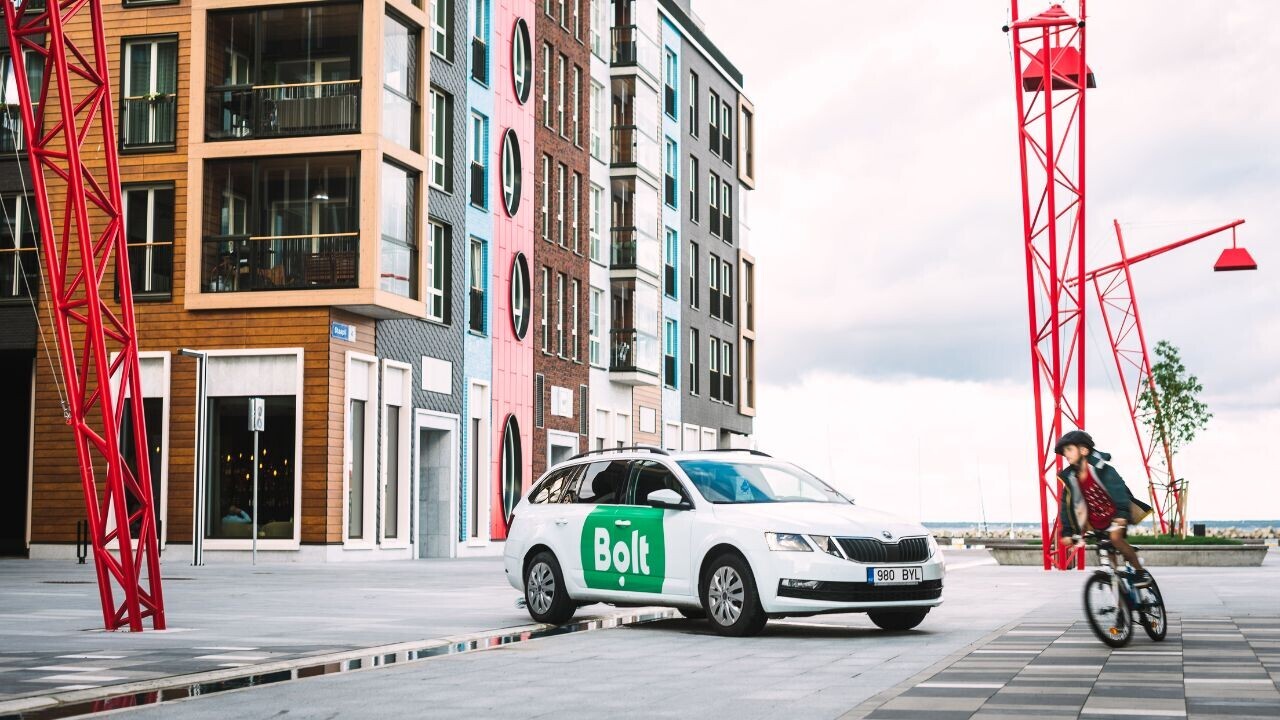
In the business world (and beyond) everybody loves the success story of an underdog. Estonia’s Bolt is one such example.
The startup was founded in 2013 by then 19-year-old Markus Vilig with €5,000 in his pocket. Since then, it has successfully become the European challenger to Uber, valued at €7.4bn at its latest fundraising in 2022.
The company also claims to be Europe’s first mobility super-app, combining ride-hailing with services including car and scooter sharing as well as food and grocery delivery.
Bolt now operates in over 50 countries across its home continent, Africa, Asia, and Latin and North America.
But what lies behind the startup’s growth and expansion strategy, especially in the ride-hailing segment where it is particularly strong?
“When launching into a new market, the first thing to look into is what’s the size of this market and how much it can grow,” Luiz Fittipaldi, who led the company’s global strategy planning between June 2023 and July 2024, tells TNW.
Adequate supply of drivers and existing competition are also key factors impacting a market’s attractiveness.
A highly fragmented market doesn’t present a beneficial opportunity, according to Fittipaldi. That’s because the presence of multiple players reduces the potential market share as well as access to drivers who have various apps to choose from.
Instead, tapping into a monopolised market is significantly more favourable.
“When you have a single player operating in the market, they usually don’t provide the best service because there is no one challenging them.” This leaves room for competing services that aim for faster vehicle arrival times (ETA) and greater affordability.
Early-stage vs mature markets
When it comes to driving growth, Bolt’s strategy differs depending on the stage of each individual market.
For entrance into new, early-stage markets the company focuses on creating a good value proposition for drivers and competitive pricing for customers. It’s also about compensating an initially lower service quality — until there’s enough driver supply to ensure fast arrival times — with affordability, in order to attract riders.
“The network effect is how we build up,” Fittipaldi says. The idea is simple: more riders attract more drivers and more drivers improve the service for riders. In turn, higher service quality attracts more riders, which engages more drivers.
When it comes to more mature markets where Bolt is operating in, competitive pricing and ETA are also key targets for achieving growth.
But according to Fittipaldi, the company’s primary aim isn’t taking away a part from a rival’s market share. It’s expanding the market itself by bringing in new customers.
“In this case, even if we keep the same market share, we can grow by three to five times in about five years.”
One way to attract new customers is catering to different needs, such as pet-friendly vehicles or cars with child seats.
The biggest potential, however, lies in shifting consumer behaviour towards a transportation model that depends less on private cars.
The environmental benefit is only one part of the equation, Fittipaldi says. The other part is offering services that compete financially with car ownership, especially for consumers with limited car use.
This means providing transportation options — from ride-hailing to car rental for longer trips, and scooter sharing for short distances — that can be more affordable in the long term than the accumulated costs of car maintenance, insurance, and fueling.
Regulation
For companies like Bolt, regulation is a major factor impacting both the attractiveness of new markets and the potential growth in existing ones.
“It comes down to assessing whether existing regulation can enable the supply of drivers, and whether the investments needed to comply with regulatory requirements is worth it in the long run,” Fittipaldi says.
For the ride-hailing segment, one regulatory parameter is the type of licences needed for drivers — alongside the power of taxi associations and the legislation that protects them.
In the UK, for example, there are more favourable conditions. To sign up on the app, drivers can have either a taxi licence or private hire vehicle (PHV) licence — which allows individuals outside of the taxi profession to participate in the service.
The situation is different in Cyprus, where only taxi licence holders are eligible.
Similarly in Greece, where Bolt doesn’t operate, ride-hailing apps are only available to taxi drivers, following a series of protests from taxi unions causing Uber to suspend its UberX service, manned by private drivers.
Meanwhile, Bolt will also have to navigate upcoming rules on gig worker rights in its home markets.
The so-called EU platform workers directive addresses concerns about the misclassification of gig workers as independent contractors, which can deprive them of labour rights. It aims to provide those misclassified as self-employed with full-employment status and benefits — increasing demands and costs for platforms like Bolt.
The legislation is now pending approval by the European Council. Estonia has reportedly been among the EU countries opposing the change, calling for less comprehensive rules.
According to Fittipaldi, regulation is one of the biggest challenges Bolt is facing in the European market.
“But Europe is the region that is the closest to reshaping cities and claiming space from private cars to give it back to people,” he says.
Get the TNW newsletter
Get the most important tech news in your inbox each week.




